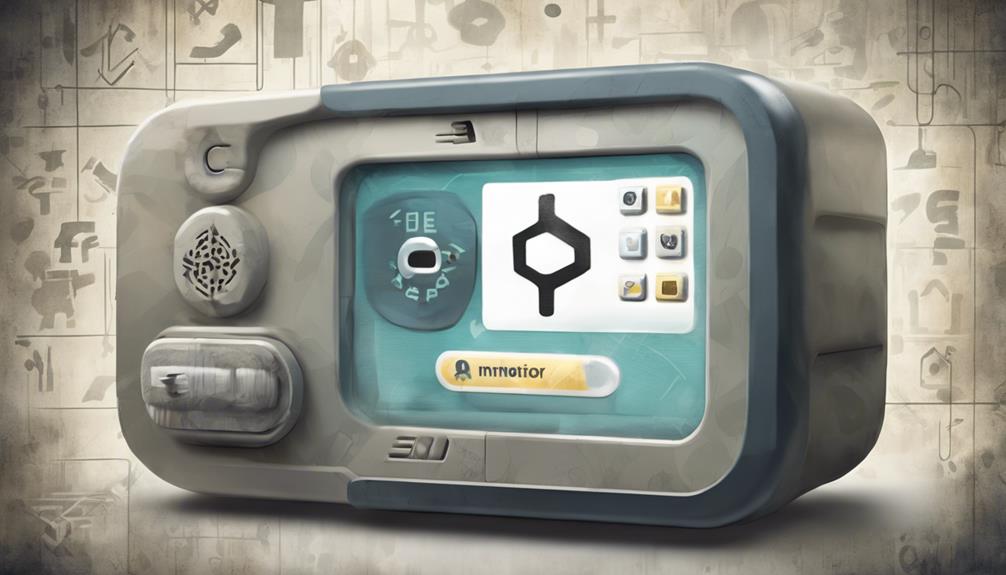A cybersecurity risk assessment helps you identify and prioritize threats to your organization. By pinpointing vulnerabilities early, you can prevent severe damages like data breaches. Common threats include phishing attacks and insider risks; addressing these requires proactive strategies. Assess risks based on their impact and likelihood of occurrence, factoring in modern challenges like remote data access. Implementing effective controls and leveraging advanced technologies can enhance your defenses. Stay informed to discover effective ways to strengthen your cybersecurity measures.
Key Takeaways
- Conduct regular cybersecurity risk assessments to identify vulnerabilities and prioritize threats based on their potential impact and likelihood of occurrence.
- Recognize common threats such as phishing attacks and insider threats to develop tailored mitigation strategies for your organization.
- Implement employee training on recognizing phishing attempts to reduce the risk of credential theft and malware exposure.
- Tighten access controls and monitor employee activity to mitigate risks associated with insider threats, whether intentional or unintentional.
- Utilize AI and advanced technologies to enhance threat detection and improve overall cybersecurity defense mechanisms.

In today’s digital landscape, where threats lurk around every corner, understanding cybersecurity risk assessment is essential for any organization. You can’t afford to overlook the vulnerabilities that could lead to severe consequences. The first step in this process is identifying potential risks, and two of the most common threats you should be wary of are phishing attacks and insider threats.
Phishing attacks are often disguised as legitimate communications, tricking employees into revealing sensitive information. You might receive an email that looks like it’s from a trusted source, urging you to click on a link or download an attachment. If you fall for this trap, you risk exposing your organization to malware or having your credentials stolen. Recognizing the signs of phishing can save your organization from significant financial loss and reputational damage. Regular training and awareness programs can help you and your team stay one step ahead of these malicious schemes.
On the other hand, insider threats can be equally damaging, if not more so. These threats originate from within your organization, often involving employees who either intentionally or unintentionally compromise data security. You might think that trust is inherent in your team, but even the most well-meaning employees can inadvertently leak sensitive information through negligence or lack of awareness. Conducting a thorough risk assessment will help you identify and mitigate these threats before they escalate into crises.
As you assess your organization’s vulnerabilities, prioritize risks based on their potential impact and likelihood of occurrence. For example, if your team frequently accesses sensitive data remotely, the risk of phishing attacks may be higher. Conversely, if you have a history of insider incidents, it’s essential to tighten access controls and monitor user activity more closely. A well-rounded approach will allow you to address both external and internal threats effectively. Additionally, leveraging AI in cybersecurity can enhance your organization’s defense mechanisms against evolving threats.
Frequently Asked Questions
What Tools Are Best for Conducting a Cybersecurity Risk Assessment?
For conducting a cybersecurity risk assessment, you’ll want to explore several risk assessment tools and cybersecurity software. Tools like Nessus, Qualys, and OpenVAS help identify vulnerabilities in your systems. Additionally, using the NIST Cybersecurity Framework can guide your assessment process. Don’t forget to take into account GRC platforms like RSA Archer or LogicManager for managing risk across your organization. By leveraging these tools, you’ll gain valuable insights to enhance your cybersecurity posture.
How Often Should Organizations Update Their Risk Assessments?
When it comes to updating your risk assessments, it’s best to follow the saying, “better safe than sorry.” You should aim for a risk assessment frequency of at least annually, but don’t wait until then if you experience significant changes, like a data breach or new technology. Regularly updating your cybersecurity plans guarantees you’re always prepared for emerging threats, keeping your organization one step ahead of potential risks.
Who Should Be Involved in the Risk Assessment Process?
You should involve key stakeholders from various departments, including IT, legal, compliance, and operations, in the risk assessment process. Their diverse perspectives enhance stakeholder engagement and guarantee a thorough view of potential risks. Additionally, consider including external experts to provide insights on industry threats. By collaborating effectively, you’ll strengthen your risk management strategy, identify vulnerabilities more accurately, and prioritize actions that protect your organization against potential breaches and incidents.
What Are the Consequences of Ignoring Cybersecurity Threats?
Ignoring cybersecurity threats can lead to severe cyber attack consequences, like the 2017 Equifax data breach. If you neglect these risks, you might face significant financial losses, reputational damage, and legal repercussions. For instance, after Equifax’s breach, they suffered over $4 billion in losses and faced countless lawsuits. Ultimately, the impacts of a data breach can cripple your organization, making it essential to prioritize cybersecurity measures before it’s too late.
How Can Small Businesses Afford Cybersecurity Risk Assessments?
You can afford cybersecurity risk assessments by exploring cost-effective strategies and budget-friendly solutions. Start by leveraging free online resources and templates to conduct assessments yourself. Consider partnering with local universities or community organizations that may offer pro bono services. Additionally, look for tiered pricing plans from cybersecurity firms that cater to small businesses, allowing you to choose options that fit your budget. Investing in these strategies can markedly enhance your security posture without breaking the bank.
Conclusion
In today’s digital landscape, think of cybersecurity risk assessment like a smoke detector in your home. Just as you wouldn’t wait for a fire to start before checking the batteries, you shouldn’t ignore potential threats. By identifying and prioritizing risks, you’re ensuring your organization stays safe from cyber fires that could devastate your operations. So, take the time to assess your risks and fortify your defenses; it’s a small investment for peace of mind and security.









